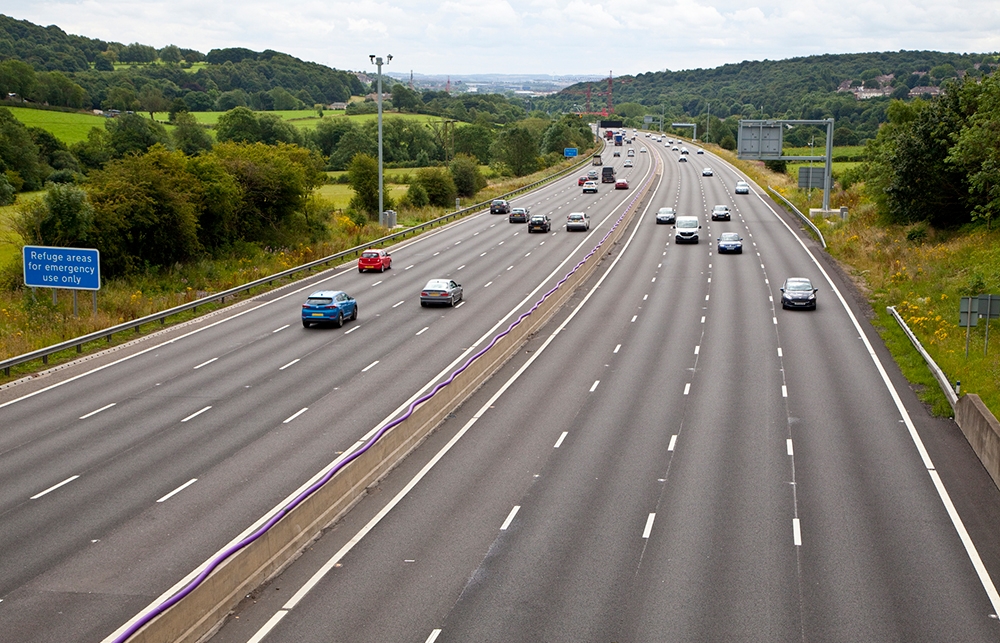In 2015, Holborn Underground station was suffering from serious overcrowding at peak hours, with a bottleneck forming in the space leading to the escalators. So Transport for London tried an experiment. Abandoning the usual ‘stand on the right, walk on the left’ convention, they placed signs on two of the three ascending escalators instructing people on both sides to stand.
Outrage followed. But the experiment worked. Escalators with passengers standing transported an average of 151 people per minute, compared with 115 for the dual-use escalator.
People cannot all walk up an escalator in strict lockstep for fear of ending up on the sex offenders register
You can see why people objected: it is counterintuitive to the point of seeming daft. If you walk you spend less time on the escalator and get to the top quicker, right? So if more people walk, surely crowds are reduced? Yet, like a modern-day Aesop, here was Transport for London suggesting that more haste meant less speed.
In this case it was right. There are at least two reasons for this. First of all there is a hidden asymmetry in the decision to stand or walk. While everyone who can walk is capable of standing, not everyone who can stand is capable of walking. Holborn’s escalators are extremely long, and even those people capable of schlepping the whole way up will be reluctant to do so if their pace is slower than average, to avoid tutting from the impatient walkers behind them.
Secondly, there is a question of density. Part of this is caused by the problem above, where sizeable gaps appear in the left-hand lane as less energetic people shuffle rightwards. But there’s also a more practical question.









Comments
Join the debate for just £1 a month
Be part of the conversation with other Spectator readers by getting your first three months for £3.
UNLOCK ACCESS Just £1 a monthAlready a subscriber? Log in